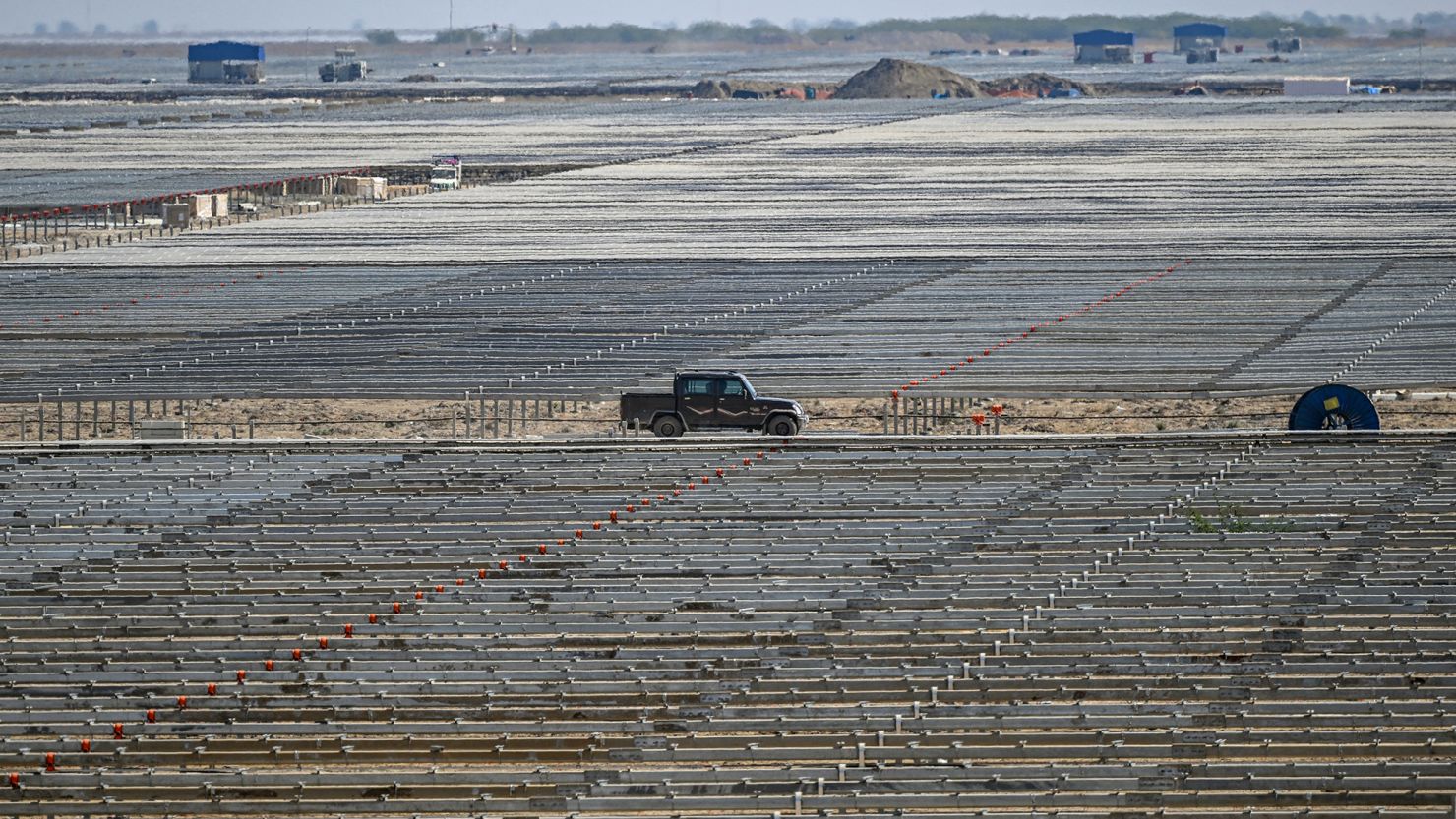Five times the size of Paris. Visible from space. The world’s biggest energy plant. Enough electricity to power Switzerland.
The scale of the project transforming swathes of barren salt desert on the edge of western India into one of the most important sources of clean energy anywhere on the planet is so overwhelming that the man in charge can’t keep up.
“I don’t even do the math any more,” Sagar Adani told CNN in an interview last week.
Adani is executive director of Adani Green Energy Limited (AGEL). He’s also the nephew of Gautam Adani, Asia’s second richest man, whose $100 billion fortune stems from the Adani Group, India’s biggest coal importer and a leading miner of the dirty fuel. Founded in 1988, the conglomerate has businesses in fields ranging from ports and thermal power plants to media and cements.
Its clean energy unit AGEL is building the sprawling solar and wind power plant in the western Indian state of Gujarat at a cost of about $20 billion. It will be the world’s biggest renewable park when it is finished in about five years, and should generate enough clean electricity to power 16 million Indian homes.
The success of the Khavda Renewable Energy Park is critical to India’s efforts to reduce pollution and hit its climate goals while meeting the burgeoning energy needs of the world’s most populous nation and fastest-growing major economy. Coal still accounts for 70% of the electricity India generates.
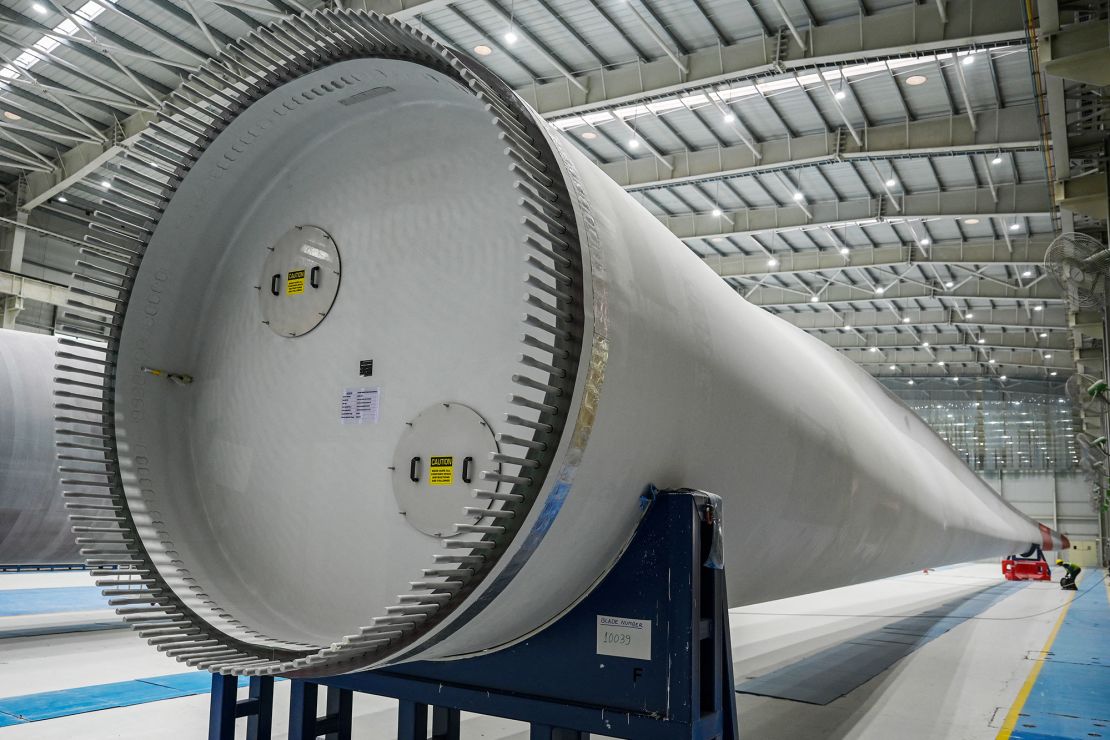
Situated just 12 miles from one of the world’s most dangerous borders separating India and Pakistan, the park will cover more than 200 square miles and be the planet’s largest power plant regardless of the energy source, AGEL said.
“A region so large, a region that is so unencumbered, there’s no wildlife, there’s no vegetation, there’s no habitation. There is no better alternative use of that land,” said Adani.
The group’s big green plans haven’t been dented by the turbulent year it has had since January 2023, when an American short-seller Hindenburg Research accused it of engaging in fraud over decades.
The Indian mining-to-media conglomerate denounced Hindenburg’s report as “baseless” and “malicious.” But that failed to halt a stunning stock market meltdown that, at one point, wiped more than $100 billion off the value of its listed companies. Gautam Adani’s personal fortune was also hammered, collapsing by more than $80 billion in the month following the release of the report.
But the tycoon has since bounced back and the group is now pouring billions into the clean energy sector.
It plans to invest $100 billion into energy transition over the next decade, with 70% of the investments ear-marked for clean energy.
A necessity for 1.4 billion people
Adani Group’s clean energy pivot comes at a time when India has set itself some ambitious climate goals. Prime Minister Narendra Modi has promised that renewable sources such as solar and wind power will fulfil 50% of India’s energy requirements by the end of this decade.
In 2021, Modi pledged India would achieve net zero emissions by 2070, which is still a couple of decades later than developed economies.
The government has set a target of 500 gigawatts (GW) of non-fossil fuel electricity generating capacity by 2030. AGEL, the country’s largest renewable energy company, aims to provide at least 9% of that, with nearly 30 GW generated from its Khavda park in Gujarat alone.
Failing to transition to renewable energy is not an option, said Adani.
“There is no choice for India but to start doing things at a previously unimagined size and scale,” the 30-year-old said.
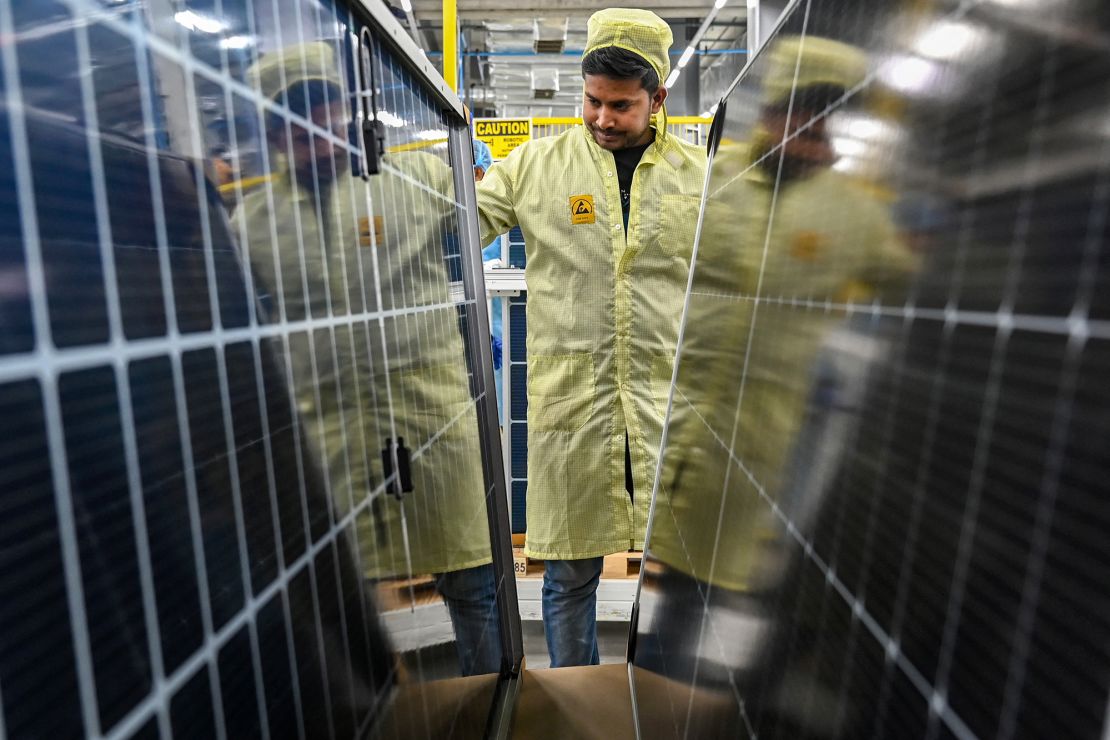
That’s because energy demand is going to explode in the coming years.
India is the world’s third-largest energy consuming country, although its energy use and emissions per person are less than half the world average, data from the Paris-based International Energy Agency (IEA) shows.
That could change rapidly. Thanks to rising incomes, energy demand has doubled since 2000, with 80% of it still being met by coal, oil and solid biomass. Over the next three decades, the rapidly-expanding economy will see the largest energy demand growth of any country in the world, the IEA said.
“If India does what China did, if India does what Europe did, if India does what the US did, then we are all in for a very, very bleak climatic future,” said Adani, referring to the historic use of fossil fuels as those countries developed.
His dire predictions are not dramatic. India is comfortably placed to grow at an annual rate of at least 6% in the coming few years, analysts say, and may become the world’s third largest economy before the end of this decade.
As it develops and modernizes, its urban population will shoot up, leading to a massive rise in the construction of homes, offices, shops and other buildings. According to analysts, India is set to add the equivalent of a London to its urban population every year for the next 30 years.
Electricity demand is expected to skyrocket in the coming years because of factors ranging from improved living standards to climate change. The latter has been fueling deadly heatwaves across India, and as a result, air conditioner ownership is set to see a sharp spike in the coming years.
By 2050, India’s total electricity demand from residential air conditioners is set to exceed the total energy consumption in the whole of Africa today, the IEA said.
India cannot rely on fossil fuels for its burgeoning needs without disastrous consequences for efforts to tackle the climate crisis.
“If you imagine 800 GW of coal-fired thermal capacity being added … this by itself will kill all other sustainable energy initiatives happening all across the world, in terms of carbon emissions,” said Adani.
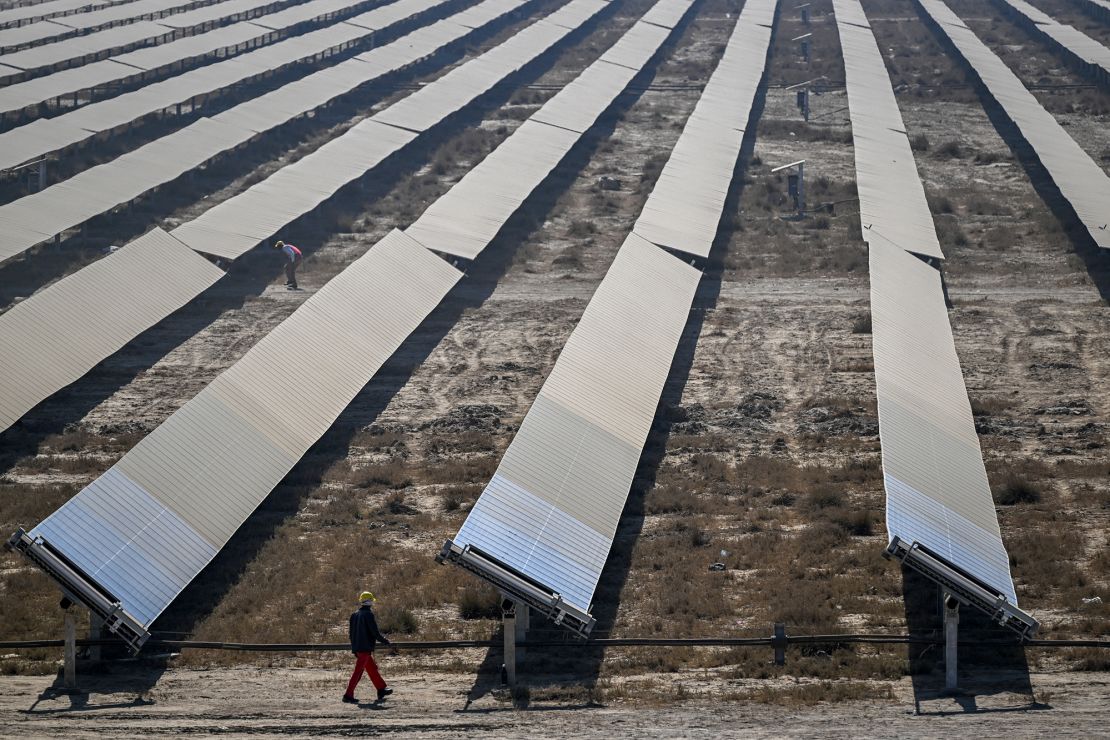
Both sides of the street
The conglomerate’s green plans are impressive, but climate experts are critical of its continued massive investments in fossil fuels.
“[Gautam] Adani continues to walk both sides of the street,” said Tim Buckley, director of Sydney-based think tank Climate Energy Finance.
The Adani Group is not only one of the largest developers and operators of coal mines in India, but also operates the controversial Carmichael Coal Mine in Australia, which has faced fierce opposition from climate change campaigners who say it is a “death sentence” for the Great Barrier Reef.
“Rather than ploughing billions into new fossil fuel projects, India would be far better served if Adani put 100% of its efforts and resources into developing low-cost zero emissions technologies,” Buckley added.
That is not an option at the moment, said Adani.
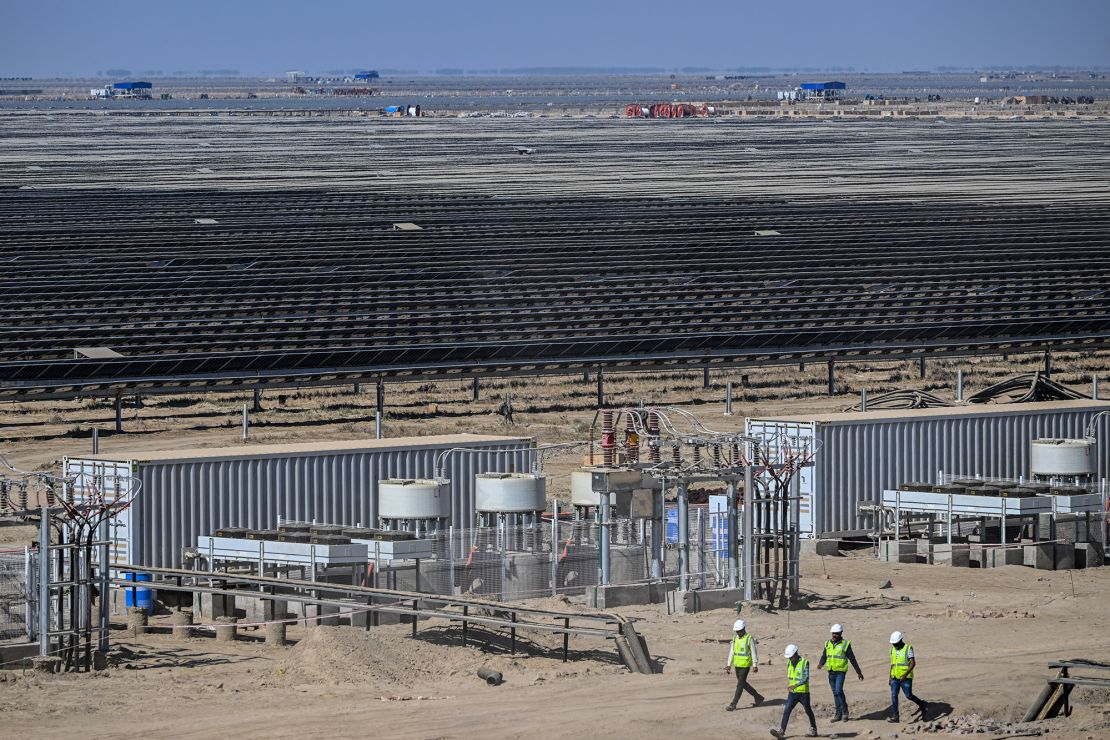
More than 600 million people in India will be “coming into middle income and upper income over the next decade, decade and a half,” he said. “They cannot be deprived of basic needs of energy. ”
Everyone would be happy if we could “have a 100% of that being provided from sustainable energy sources …[but]… practically, that’s not an option” at the moment, he added.
He also said that activists in developed nations, which have historically emitted more greenhouse gases, are often unable to understand the staggering challenge facing India to grow its economy and its clean energy industry at the same time.
“I think it’s also very important to respect the fact that every country has its own right to make sure that the people of their own country are well-served from an energy perspective,” Adani said.
“So is India doing a bit of coal? Yes, of course India is. But is India doing a massive amount of renewables? Yes, there’s no question,” he added
